PPT-Old Approaches, New Perspectives
Author : alida-meadow | Published Date : 2016-11-13
The implications of a corpus linguistic theory for learning the English language and the Chinese language too Michael Hoey University of Liverpool 48th Annual
Presentation Embed Code
Download Presentation
Download Presentation The PPT/PDF document "Old Approaches, New Perspectives" is the property of its rightful owner. Permission is granted to download and print the materials on this website for personal, non-commercial use only, and to display it on your personal computer provided you do not modify the materials and that you retain all copyright notices contained in the materials. By downloading content from our website, you accept the terms of this agreement.
Old Approaches, New Perspectives: Transcript
Download Rules Of Document
"Old Approaches, New Perspectives"The content belongs to its owner. You may download and print it for personal use, without modification, and keep all copyright notices. By downloading, you agree to these terms.
Related Documents

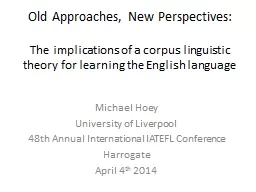
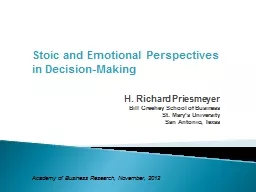
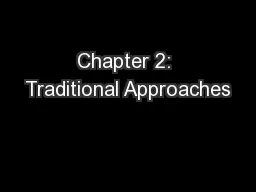
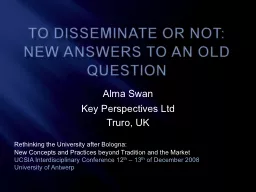



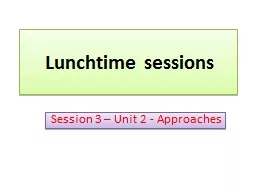



![[FREE]-New Perspectives on Blended HTML, XHTML, and CSS: Introductory (New Perspectives](https://thumbs.docslides.com/971121/free-new-perspectives-on-blended-html-xhtml-and-css-introductory-new-perspectives-series-web-design.jpg)

